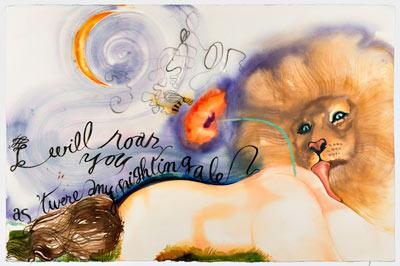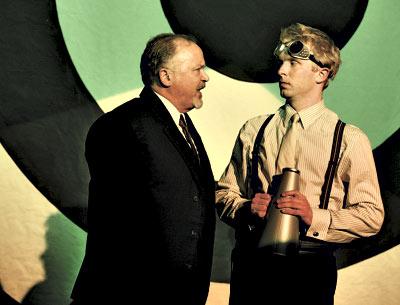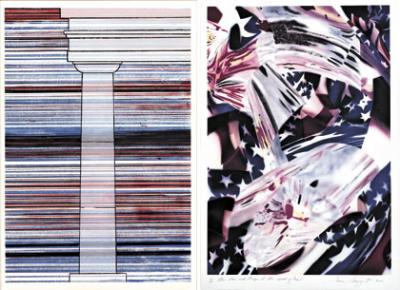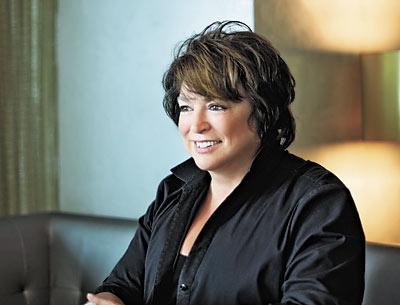Music at Old Whalers
Music at Old Whalers
A concert of American music, including Broadway favorites, love songs, and patriotic tunes, will take place Sunday at 5 p.m. at the Old Whalers Church in Sag Harbor. A supper of hot dogs and ice cream on the church lawn will follow the performance.
The Rev. Mark Phillips, church pastor, Dominick Abbate, music director, and David Cummings, bell choir director, planned the program, which they have informally titled “Music We Don’t Sing in Church.” In addition to the church’s voice and bell choirs, the concert will include two notable soloists, Michael Bodnyk and Susan Vinski.
There is no admission charge for the event, but donations to the building fund will be appreciated.





